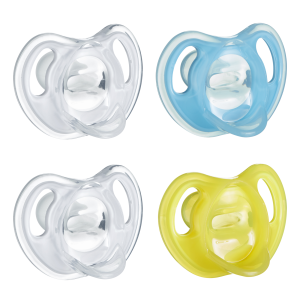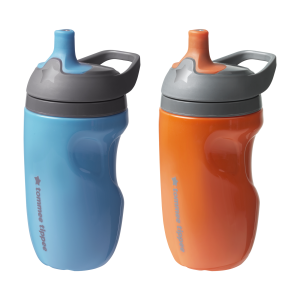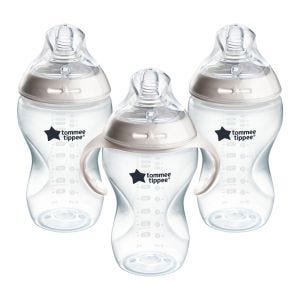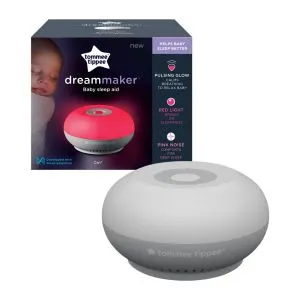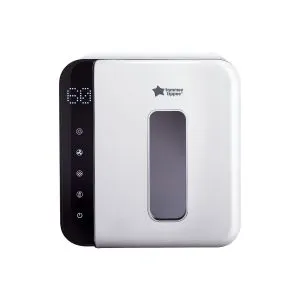
Tommee Tipps
Discover some of the most popular different breastfeeding positions and read our helpful breastfeeding tips for helping your baby successfully latch and unlatch.
The Best Breastfeeding Positions to Try
Breastfeeding can initially seem complicated and confusing for some moms and babies. But with a little patience and practice, you'll both soon get into the swing of it and find a breastfeeding position that’s comfortable and effective.
There are lots of different positions for breastfeeding, and you don’t have to stick to just one or two. You can use a different position for each breastfeeding session if you wish.
You'll probably find that it takes a few tries before you find which positions work well, and the truth is, it’s simply a case of trying them out to see which feels best for you and your little one!
Popular breastfeeding positions for newborns
Before you start a breastfeeding session, it’s a good idea to make sure you're comfortable and that you have everything you need close by, including a big drink of water to keep you hydrated!
Breastfeeding lying down
There are multiple benefits to breastfeeding positions that allow you to feed while lying down or from bed. These positions can sometimes be more comfortable for moms (especially for those who are recovering from a C-section). They can also be more convenient for night feeds, and potentially help to relieve the uncomfortable symptoms caused by clogged ducts.
Breastfeeding while lying down is safe when done correctly, but it’s best to practice these positions during the day, always avoid falling asleep while feeding, and make sure that the space around you is free from excess bedding which could pose a risk to your baby.
Laid-back breastfeeding
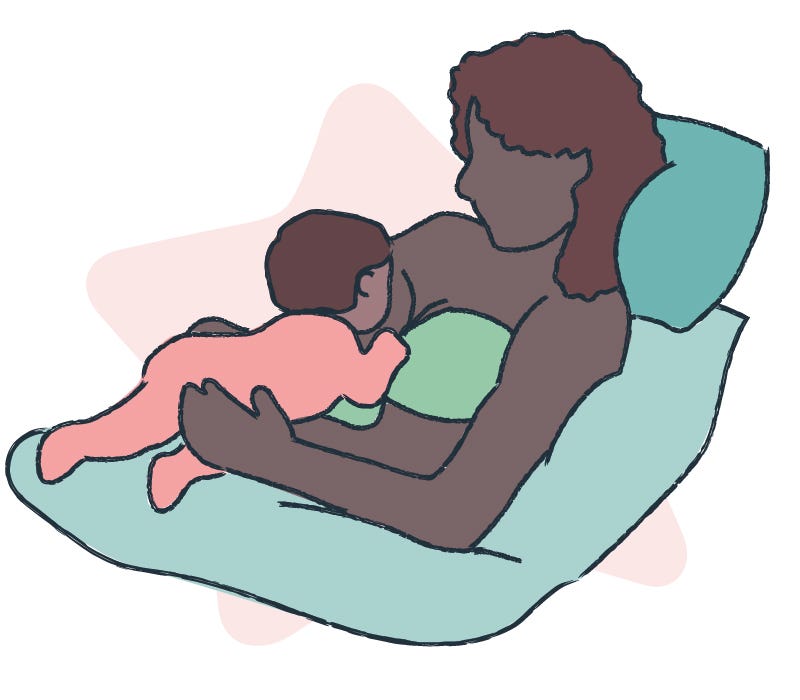
Also known as 'biological nursing', the laid-back breastfeeding position for babies gives you and your baby snug comfort and support. Simply lean back on your bed or in a chair and support yourself with pillows in a position that’s semi-reclined. This position encourages your baby to latch on naturally, and all you need do is lie back and relax.
This position is good for:
- Babies of all sizes
- Those who want a more relaxed, baby-led feed
- Feeding twins
- Moms who want to slow their milk flow
Side-lying
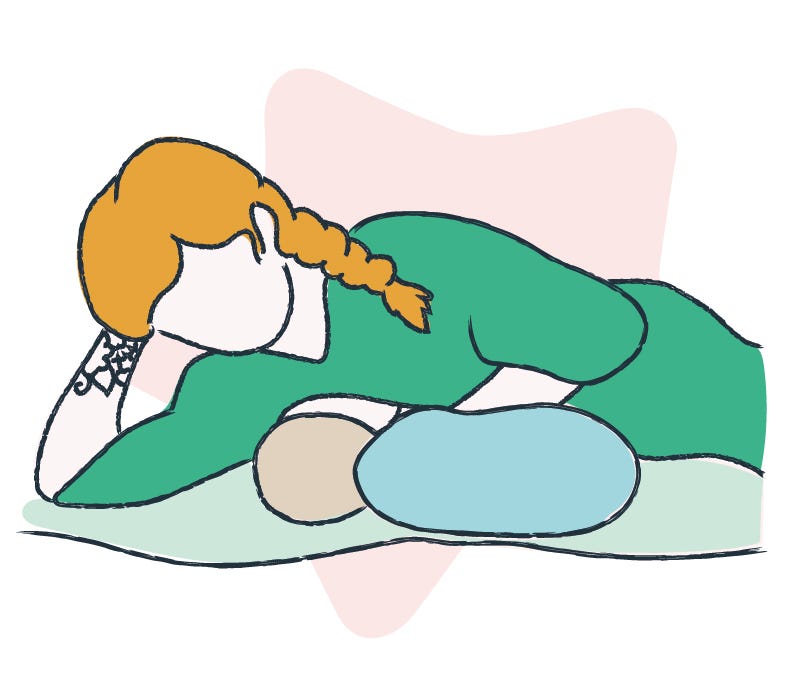
Breastfeeding lying down on your side is another popular position that lots of moms choose, particularly at night-time.
You and your baby lie side by side facing each other. Rolling up a blanket and putting it behind your baby’s back will keep them from rolling away from you. Similarly, you can try using a pillow behind your back or between your knees for extra support. You can also cradle your baby with your forearm along their back to help them feed.
This position is good for:
- Moms who are recovering from a C-section
- Night-time feeds
- Those feeding with bigger breasts
Upright breastfeeding positions
There are a variety of upright breastfeeding positions that can suit little ones of all sizes – including premature babies, moms feeding multiples, and those who are recovering from a C-section delivery. These positions can also help moms who have a strong breast milk let-down, breast engorgement or sore nipples.
Cradle hold
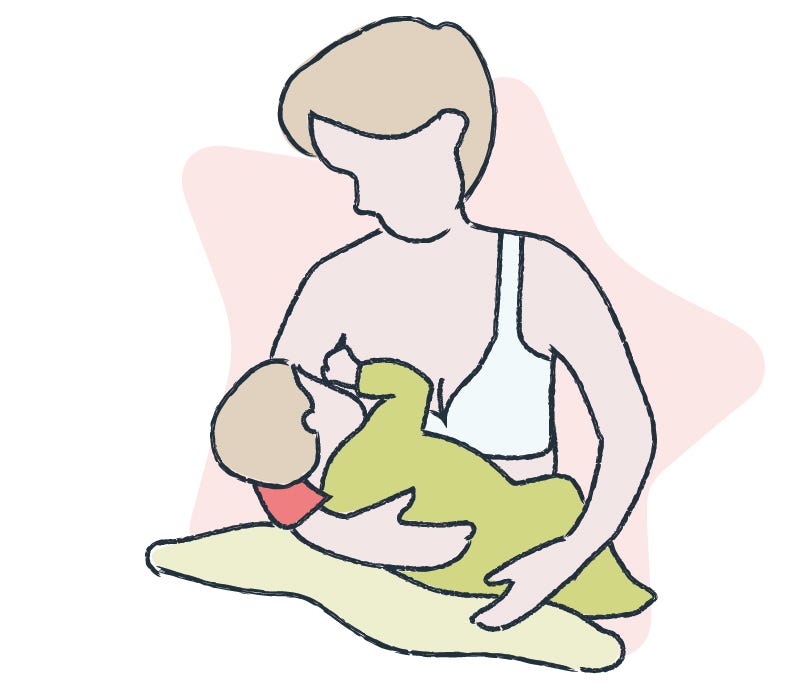
The cradle-hold breastfeeding position is the classic position that probably springs to mind when you think about breastfeeding. Sit upright and position your baby on his or her side, with their neck resting on your forearm and their body positioned against your stomach. Having a cushion behind you is recommended to avoid back strain.
If you decide to use a breastfeeding pillow on your lap, be sure it doesn't position your baby higher than necessary to avoid them straining to latch. This position can often lead to baby's head being forced into an angle while feeding, so it's important to make sure that baby is in a straight line and not off to one side.
This position is good for:
- Babies who have difficulty latching on while breastfeeding
Cross-cradle hold
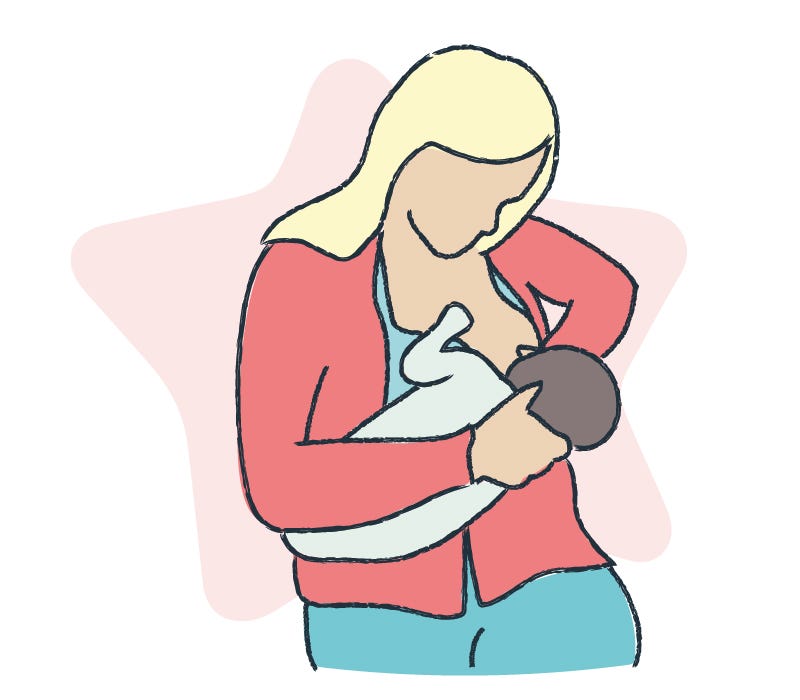
The cross-cradle hold is like the cradle hold, except that your arms switch roles so that your opposite forearm is supporting your baby’s body.
Simply hold your baby in the arm opposite the breast you’re feeding from (making sure to support their neck and head). With your other hand, support your breast and cradle your baby close to it.
This position is good for:
- Babies who need extra head support
- Babies who have difficulty latching on
- Small and premature babies
Football hold
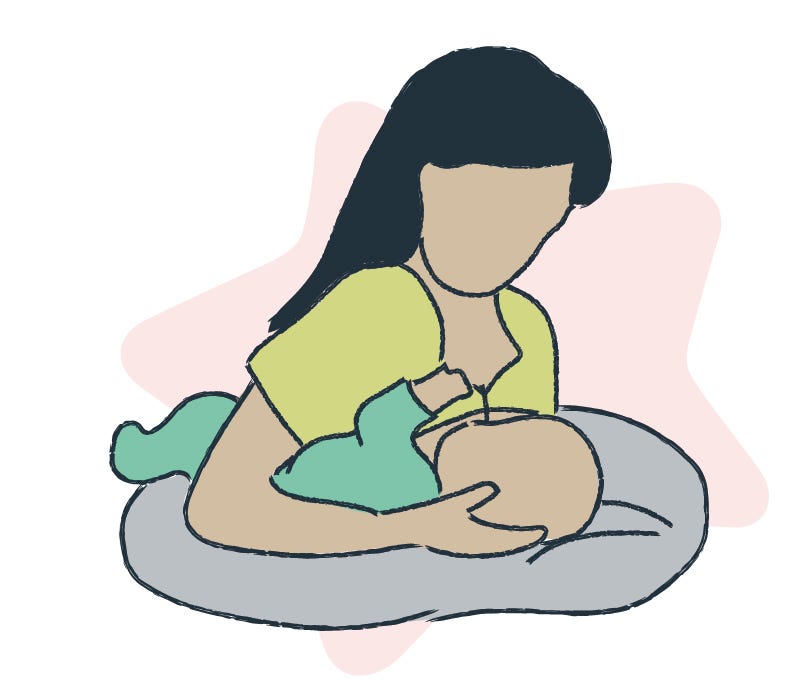
The football hold (sometimes called the 'clutch position') can be achieved by cradling your baby in your arm, using your palm to support their neck, and nestling them closely against your side with their legs tucked underneath your arm.
This position is particularly comfortable for newborn babies. It also helps your baby handle the flow of your breast easier if you have a forceful letdown.
This position is good for:
- Moms recovering from a C-section
- Breastfeeding multiples
- Moms with smaller breasts, inverted/flat nipples, or a strong let-down
- Moms wanting relief from engorgement or sore nipples
- Babies with reflux
Straddle hold
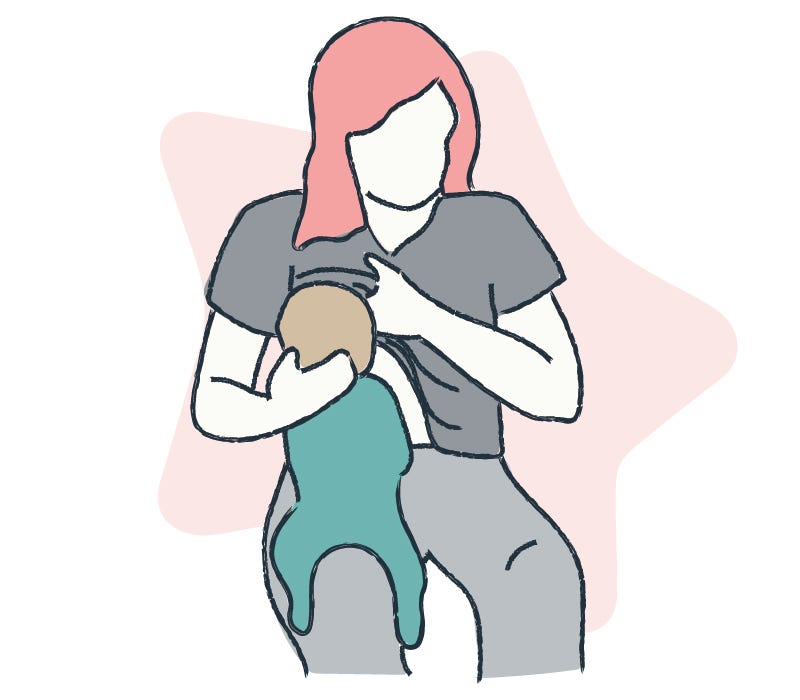
The straddle hold – also known as upright breastfeeding or the ‘koala hold’ – involves sitting upright and positioning baby on your thigh or at your hip. Their spine and head should be upright as they feed.
This position is good for:
- Older babies who can support themselves better
- Babies who suffer from ear infections, reflux, or tongue-tie
- Moms who want to breastfeed in public
Finding the best way to breastfeed for you
No matter which breastfeeding hold you choose, the following tips can make sure that you and your baby are comfortable during every feed:
- Use pillows for support
- Always raise baby to nipple height
- Let baby attach themselves
- Make sure that their body isn’t twisted
- Change position as your baby grows and gets heavier.
Laura told us that "there is a lot of support out there for breastfeeding mothers, you just need to ask for it. From the moment that we were on the ward after birth, I was asking the midwives and breastfeeding experts for help. In the following days and weeks, I saw a midwife, heath visitor and a lactation specialist and asked them for advice constantly. You've really got to be your own advocate and ask for help if you need it."
Keeping your baby latched while feeding
Sometimes babies will unlatch mid-feed. If your baby unlatches from your breast during feeding, these top tips should help them to latch on again:
- Give them a minute before reattaching as they may just want a rest from feeding.
- Hold them baby close
- Position your nipple with your baby’s nose
- Touch your nipple against their top lip so they open their mouth
- Make sure your baby’s chin touches your breast.
Then, once they're done feeding, breaking the suction before pulling your baby away from your breast is key to avoiding sore nipples. To help your baby unlatch, try gently inserting your little finger into the corner of your baby’s mouth to gently break the suction. Then quickly remove the nipple in case they latch on again.
You can also try very gently pulling down on your baby’s chin until their mouth opens wider, then unlatch the nipple.
Avoiding poor breastfeeding positioning
If your baby isn't positioned properly while feeding, your breast milk supply may not be properly stimulated, and your baby may not get enough milk from the feed. Additionally, an incorrect feeding position can lead to a poor latch and painful nipples.
Certain breastfeeding positions should be avoided, including:
- Having your baby’s head facing a different direction than their body – their head shouldn’t be turned
- Hunching your body over your baby while feeding
- Holding your baby’s body too far away from your breast.
Breastfeeding positions FAQs
Which breastfeeding positions are best if you’ve had a C-section?
The laid-back or side-lying or football hold positions can be more comfortable for moms who've had a C-section because they keep your baby away from the sensitive abdominal area.
How long should a breastfeeding session last?
The time it takes to breastfeed your baby depends on a few factors, such as your milk flow, your baby’s age, and their alertness at the time of feeding. For example, a sleepy baby will likely take longer to feed than a fully rested baby.
A breastfeeding session with your baby might take anywhere between five and 45 minutes, and the average feed lasts somewhere between 10 and 20 minutes.
If they're frequently only feeding for five minutes at a time, you may want to encourage them to feed for longer and make sure that their weight gain is sufficient. If you're concerned about your baby's breastfeeding habits, don’t hesitate to get their feeding position and latch checked by a lactation consultant.
Should I always hold my breast while breastfeeding?
Sources
- Best Breastfeeding Positions For You & Baby – Cleveland Clinic
- Nursing Positions (for Parents) - Nemours KidsHealth
- 5 Breastfeeding Holds to Try | WIC Breastfeeding Support (usda.gov)
- Clutch or "Football" Hold | WIC Breastfeeding Support (usda.gov)
- Cradle Hold | WIC Breastfeeding Support (usda.gov)
- Cross-Cradle or Transitional Hold | WIC Breastfeeding Support (usda.gov)
- Laid-Back or Straddle-Hold | WIC Breastfeeding Support (usda.gov)
- Common breastfeeding positions | UNICEF Parenting
- Breastfeeding Using the C-Hold and V-Hold (verywellfamily.com)
- Breastfeeding While Lying Down: How to Effectively and Comfortably Do It (webmd.com)
- Breastfeeding Positions and Tips for Mom and Baby (whattoexpect.com)

